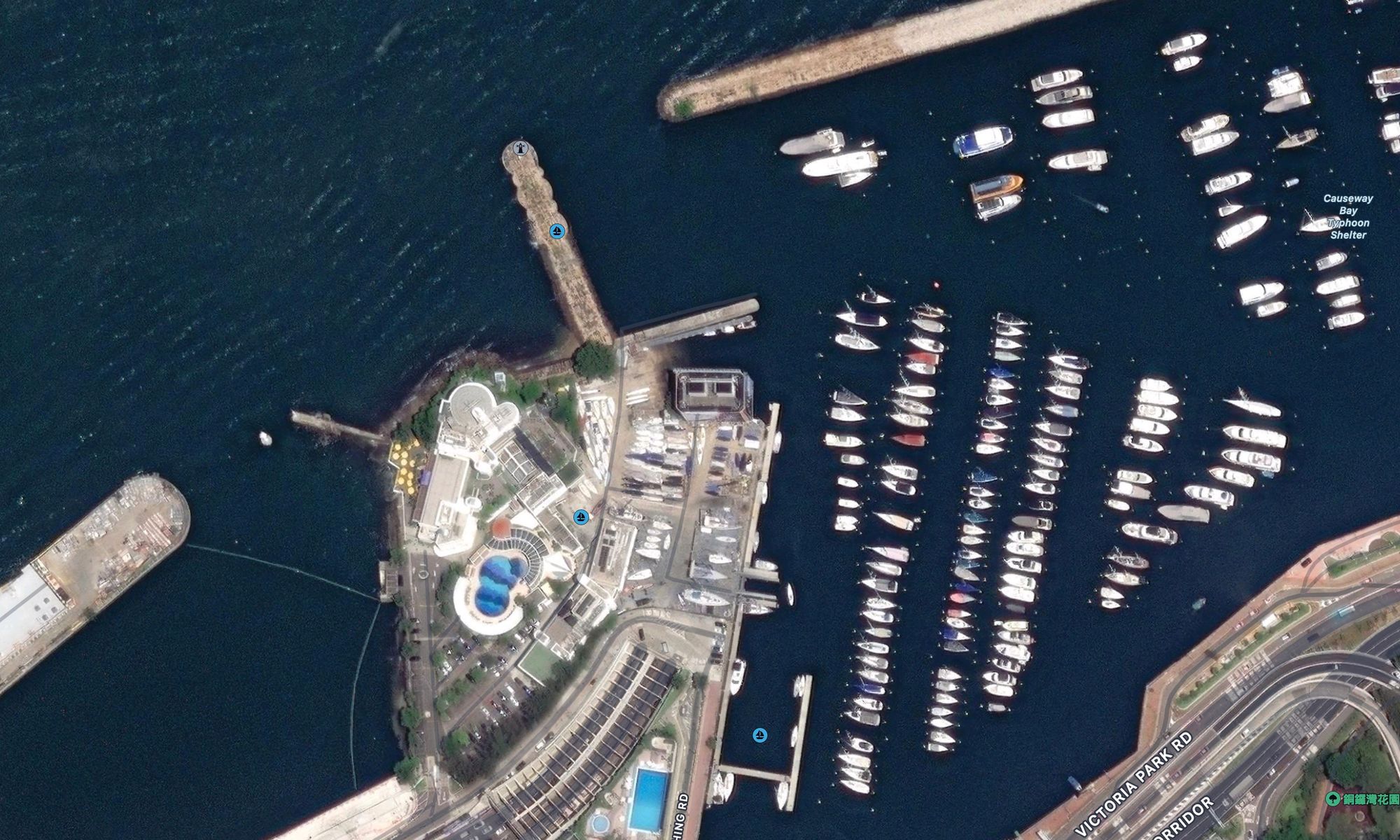If you've ever heard of the Getting Things Done (GTD) productivity method and the eponymous book, you are probably familiar with creator David Allen's concept of the Next Action. This is the next tangible step that you take on a project to move it forward. As I was undergoing training for the RYA Yachtmaster sailing credentials, I came across the exact same concept. It turns out that overlap between productivity schemes and sailing was not a coincidence as GTD creator David Allen is also a sailor. And a good skipper is always thinking about what the boat and its crew needs to do next.
The way it works is something like this. Imagine your 50 foot boat's destination is the RHKYC's pontoon in the Causeway Bay Typhoon shelter. You are currently entering Victoria Harbour by way of Lei Yue Mun. Your crew has already taken the sails in and is currently enjoying the beautiful evening view of the city.

While the crew is relaxing, the skipper's train of thought is something like this: "We want to end up on the pontoon...this means we'll need fenders to put between the boat and the pontoon and mooring lines to tie us up. We'll also need a look out on the bow as we enter the typhoon shelter to make sure the path is clear of boats."
Thinking in GTD terms, the boat's next "project" is coming alongside the pontoon and there are a number "next actions" that can be taken right now in parallel so that when the boat arrives at the typhoon shelter in 15 minutes, everything is in order. A good skipper assigns each action to the crew well in advance and using clear and concise language following the three step process for effective command we discussed yesterday:
- Say the crew person's name.
- Give a precise and clear instructions
- Observe the crew's execution
"Megan & Jon, please put five fenders on each side at pontoon height with the bottom hanging about 3 cm above the water"
"Jim, please put get out 4 mooring lines. We don't know which side of the pontoon we'll be free, but for now, rig the bow and stern lines on the port side cleats and put the bow and stern spring lines on the deck near their respective cleats. If we decide to come alongside on the starboard side, you will be responsible for moving the lines to the starboard side."
"Tony, I'd like you to stand on the bow as we enter the typhoon shelter and look out for any boat traffic that might be in our way. Please yell "clear" if our path is all clear. Also, please tell me the distance in meters from the pontoon as we come alongside."
Once the skipper gives the instructions, he watches how the crew carries out his orders. Is every thing correct? Are there five fenders on each side and are they at the right height? Are the mooring lines rigged properly? Is the lookout in position?
Knowing what needs to happen next is the hallmark of being securely in command of both your boat and your life.

